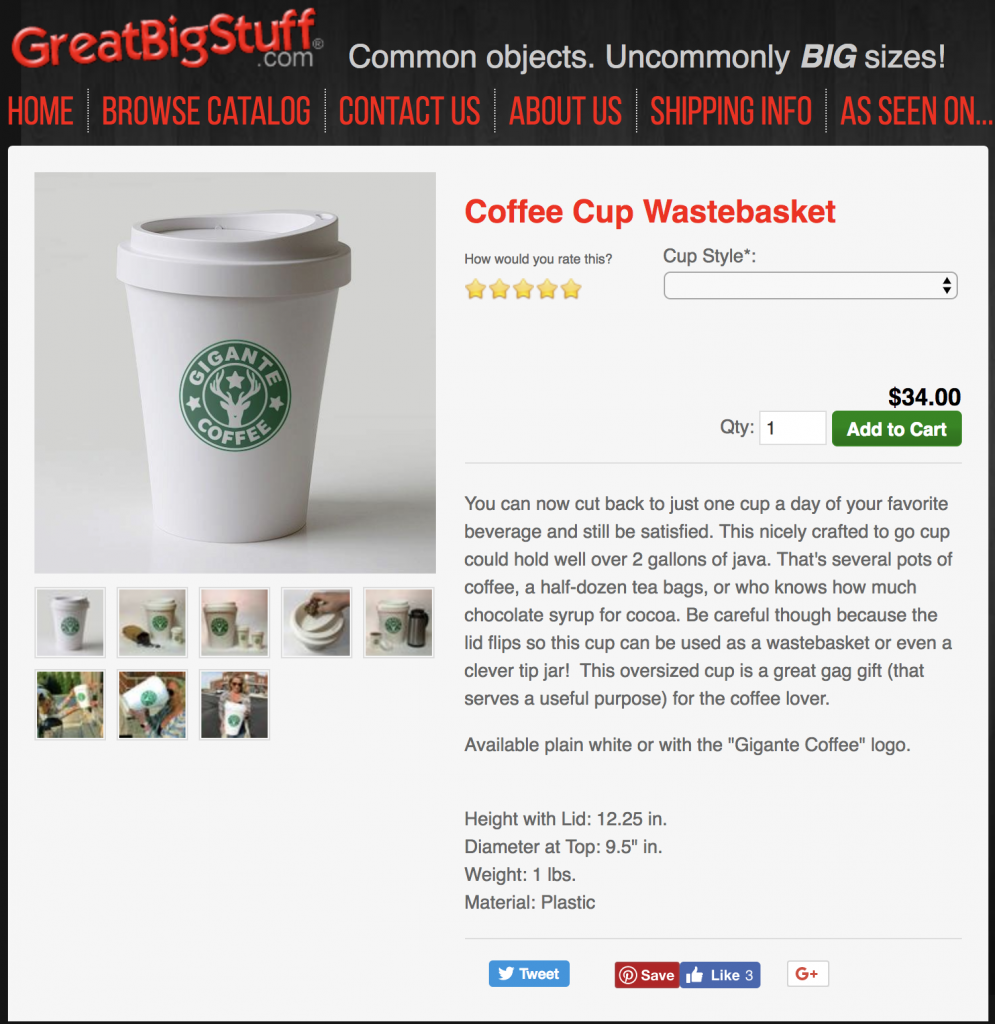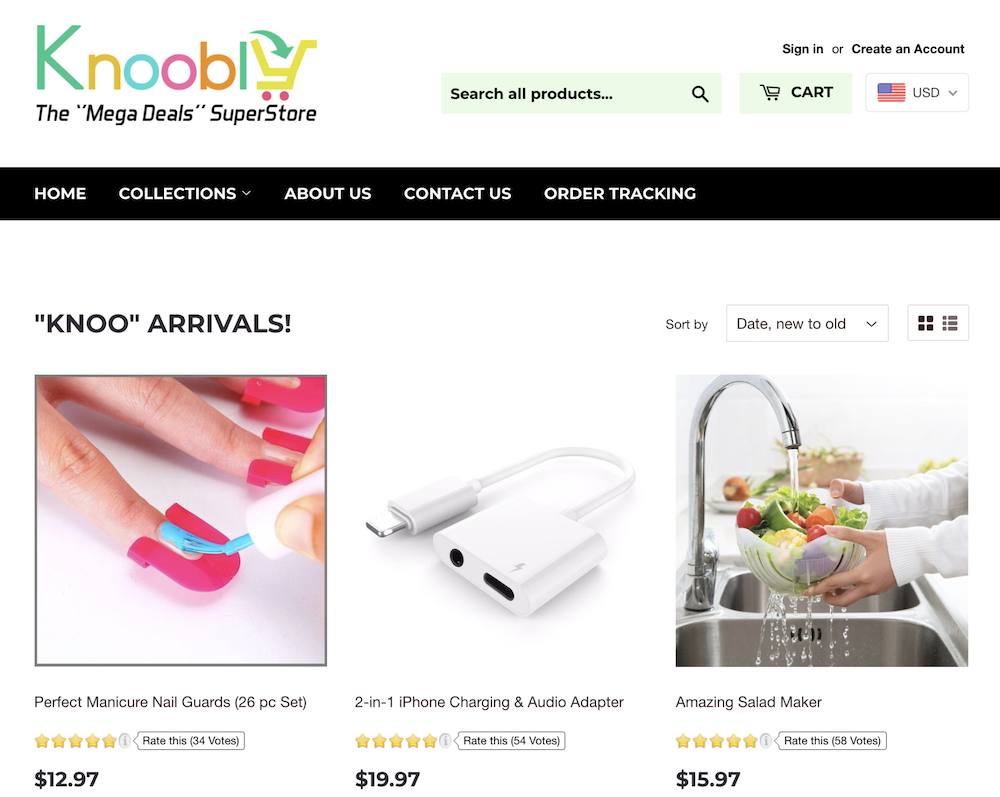Star ratings without context are just that; a symbol with five points and a place in the night sky. Apply it as a means of rating across your brand’s product and services, however, and it takes on new meaning.
For current customers, it becomes an easily recognizable way of expressing satisfaction and for potential customers, a way of confirming purchasing decisions through social proof.
Using star ratings as social proof is not a new concept by any means. In fact, its longtime adoption by businesses in helping to persuade purchasing decisions only speaks to its effectiveness.
Some of the most recognizable faces of the online review world—Yelp, Amazon, Google—have built their user experience around star ratings as a way of building momentum around products, places, businesses—you name it.
Before diving into tactical ways to apply star ratings as social proof throughout your brand’s online user experience, let’s take a deeper look at social proof itself. What is it and how does it become realized, generally speaking, across different subsets of audiences?
What is Social Proof?
Social proof is a concept that stems from the idea of normative social influence. This idea in social psychology details the ways in which people conform to those around them in order to be liked and accepted.
This is power in numbers.
Consider, for example, a recently released movie or popular restaurant in town. When you go to book tickets online or make a reservation, you aren’t deterred by the fact that all of your times of interest are sold out. If anything, you can become more adamant to adjust your schedule and purchase so you can experience what everyone else appears to be experiencing.
Applied to the digital landscape, social proof becomes evident in the form of reviews and testimonials:
- See a big brand logo listed as a current customer for a service of interest? Social proof.
- Read through a blog post in praise of a product by one of your favorite influencers? Social proof.
- Reading through a Facebook message of friends jointly talking up an upcoming event? Social proof.
5 Types of Social Proof
Social proof is displayed through acknowledgment across 5 primary types of sub-groups.
- Experts: This could be the promotion of a brand through the review of a credible business source, a well-known blogger, or other authoritative voice. A case study that utilizes the feedback from credible industry resources could be one example.
- Celebrities: Celebrity endorsements are all too common in establishing social proof. Just consider the boom of influencer marketing on Instagram, where celebrities are paid big bucks for a single image of product promotion.
- User: The word of current users for a product and/or service are as good as gold. An example of this would be praise on social media or reviews left on your website.
- Wisdom of the crowd: As mentioned previously, there’s certainly power in numbers when it comes to establishing social proof. This is often shown through large number of social media profile followers and star ratings.
- Wisdom of friends: A person’s inner circle is a great resource for social proof. 82% of consumers proactively seek referrals from their peers before making a purchase.
5 Ways to Use Star Ratings as Social Proof
There are a number of ways to approach the development of social proof on behalf of your brand. One of the simplest and most recognizable ways to do so is through the use of star ratings.
Here’s how to use ‘em:
Incorporate into Product Pages

Example from RatingWidget customer GreatBigStuff.
When visitors land on your product pages, they are that much closer to a final sale. This then becomes a perfect place to leverage social proof as a means of further pushing them towards that ‘Buy’ button.
In the product description section, generate a call-out that includes the average star rating, along with the total number of ratings left and a link to reviews. This helps provide potential customers with context and further explore insights from users that have already purchased.
Read our guide to showing star ratings on Shopify product collection pages.
Show in Product Previews

Example from RatingWidget user Knoobly.
When scrolling through a list of products, your users may be able to initially interact with a preview pop-up.
These pop-ups lessen the barrier of entry for visitors looking to digest as much information about a product as possible, as quickly as possible. Incorporating star ratings as social proof in these preview areas is a great way to encourage potential customers to click and dive deeper into whether a product is right for them.
Display Alongside Recommend Product Feeds
Amazon is notorious for their feeds of product recommendations that follow users based on searches and previous purchases.
If you’re currently utilizing similar algorithms across your brand’s website, consider including star rating call-outs that correspond with each product displayed. Seeing many positive star ratings for one recommend product will certainly help in swaying a customer’s decision one way or another.
Add to those positive star ratings across many recommended products, and you’ve further bolstered your brand’s reputation across the board.
Build into Outbound and Inbound Marketing Content
In addition to allowing star ratings as social proof to work in conjunction with your individual products, consider using them throughout your marketing content material, as well.
Whether outbound or inbound in nature, there are a number of channels that prove prime for surfacing star ratings earlier in the funnel.
Emails
If you’re touching base with both current and potential customers through email on a regular basis, consider including a recommended products section in email sends promoting sales, specials, and so on.
Cart abandonment emails are another way of further highlighting star ratings and reviews on behalf of a product you know a user had been interested in. The more you know about your customers and their behaviors on your website, the better you’ll be able to tailor relevant products with star ratings to their inboxes.
Social Media Advertising
Star ratings can make for even more impactful social proof when paired with other types of social proof.
For example, perhaps you have an influencer promoting a product on behalf of your brand. Consider building out ads for Facebook with graphics that put the influencer at the forefront with overlays on the image that bring attention to the number of 5-star reviews your product has.
You could also go about it from another angle and by laying out the number of 5-star reviews in your ad copy and/or headline.
Google Ads
Regardless of what purchasing stage a person may be in on their buyer’s journey, getting a sense of social proof immediately through search can be impactful. Seller rating extensions incorporate the rating for your product and/or service directly in your Google search ads.
Note that you’ll need to be using Google Shopping in order to take advantage of this feature.
Landing Pages
When trying to establish authority in leading people to submit a content landing page form, put star ratings to good use.
Bringing attention to the overall number of 5-star ratings your company and/or popular products have under their belt builds trust. Through the wisdom of the crowd, your brand becomes validated and more appealing to interact with.
Final Thoughts: How to Use Star Ratings as Social Proof in Your Business
Ready to put your star ratings to work for the social proof of your business? Start generating ratings on your website for free in 5 minutes time!






Be the first to Comment